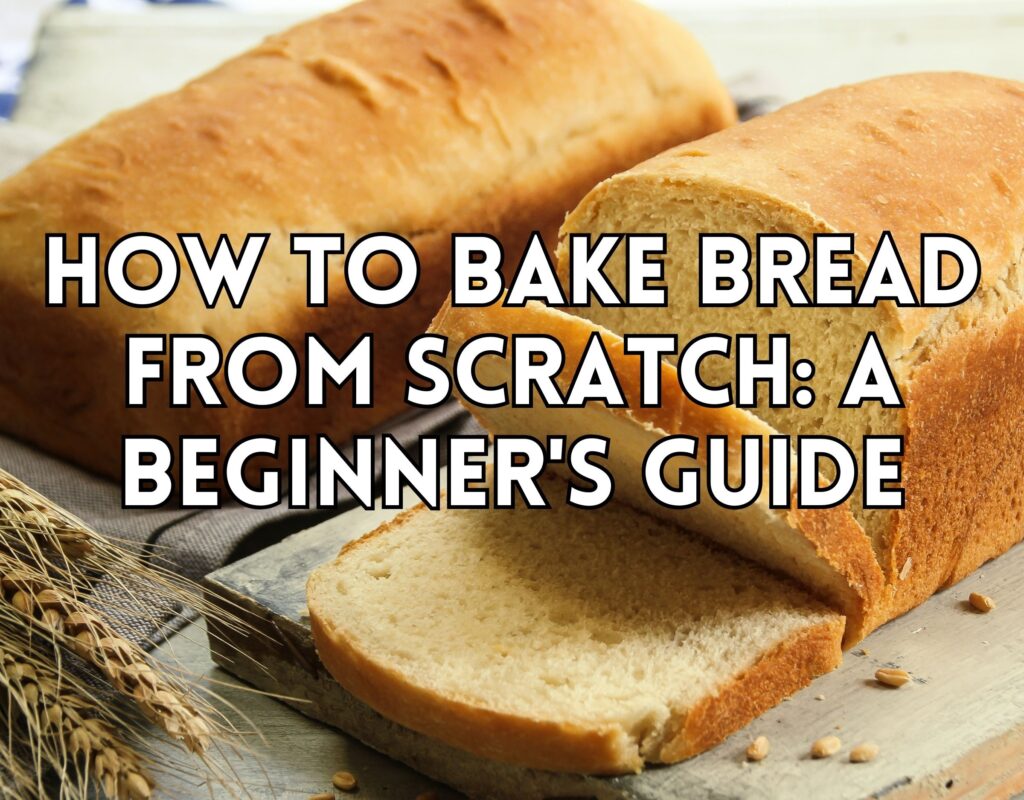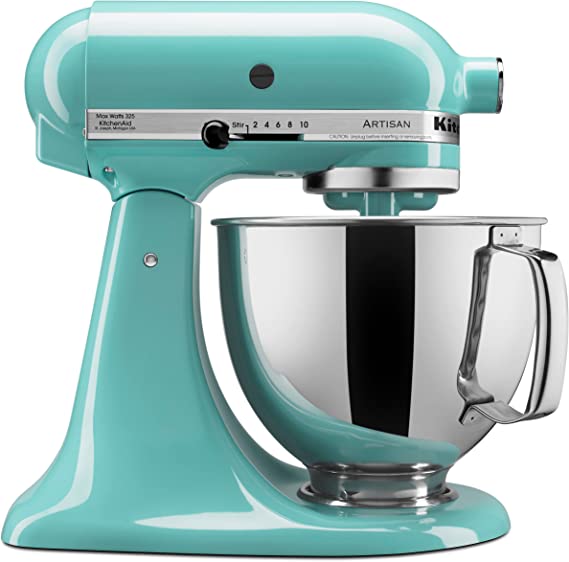The Basics of Bread Baking
Ever wondered how to make your own bread from scratch? It’s not as complicated as you might think. All you need are some basic ingredients like flour, yeast, water, and a bit of salt. The real magic happens through the processes of kneading, rising, and baking. Let’s break it down step by step.
Ingredients You’ll Need
To make a basic loaf of bread, you’ll need the following:
- All-purpose flour
- Active dry yeast
- Warm water
- Salt
- Optional: sugar, for a touch of sweetness
Preparing the Yeast
The first step in bread-making is to activate the yeast. Mix the yeast with warm water (about 110°F) and let it sit for about 5 to 10 minutes. You’ll know it’s ready when it becomes frothy. If you’re using sugar, you can add it to this mixture to help activate the yeast.

Mixing and Kneading the Dough
Next, combine the flour and salt in a large mixing bowl. Make a well in the center and pour in the yeast mixture. Mix until a dough forms. Turn the dough onto a floured surface and knead for about 10 minutes, or until the dough becomes smooth and elastic.
The First Rise
Place the kneaded dough in a greased bowl, covering it with a damp cloth. Let it rise in a warm place for about 1 to 2 hours, or until it has doubled in size.
Shaping the Loaf
Once the dough has risen, punch it down to remove air bubbles. Shape it into a loaf and place it in a greased loaf pan.
The Second Rise
Cover the loaf with a damp cloth and let it rise again, this time for about 30 to 45 minutes.
Baking the Bread
Preheat your oven to 375°F. Once the loaf has completed its second rise, place it in the oven and bake for about 25 to 30 minutes. You’ll know it’s done when it has a golden-brown crust and sounds hollow when tapped on the bottom.
Frequently Asked Questions
Can I add flavors or fillings to my bread?
Absolutely! Feel free to add herbs, spices, dried fruit, or even cheese to your dough for a unique twist.
How do I know if my yeast is still good?
If your yeast doesn’t become frothy during the activation stage, it’s likely expired and should be replaced.
Can I use whole wheat flour?
Yes, you can substitute whole wheat flour for all-purpose flour, but be aware that it may result in a denser loaf.
And there you have it! With these steps, you’re well on your way to baking your own homemade bread. Happy baking!
Storing Your Freshly Baked Bread
So you’ve successfully baked your first loaf of bread. Congratulations! But how do you store it to keep it fresh? The best way to store homemade bread is to wrap it in plastic wrap or aluminum foil and keep it at room temperature. If you won’t be eating it within a couple of days, you can also freeze it. Just make sure to slice it first for easier thawing.
Troubleshooting Common Bread-Baking Issues
Even seasoned bakers run into issues from time to time. Here are some common problems and how to fix them:
My Bread is Too Dense
This could be due to a variety of factors, such as not letting the dough rise long enough or using expired yeast. Make sure to give your dough ample time to rise and always check the expiration date on your yeast.
My Bread is Too Dry
If your bread turns out too dry, it could be because you’ve added too much flour or baked it for too long. Be precise with your measurements and keep an eye on the baking time.
My Bread Didn’t Rise
If your bread didn’t rise, the yeast might be the culprit. Make sure to use warm water, not hot, to activate the yeast. Hot water can kill the yeast, preventing the bread from rising.
Frequently Asked Questions Continued
Can I make bread without a loaf pan?
Yes, you can shape the dough into a round or oval shape and bake it on a baking sheet. This is often done for artisan-style breads.
Can I use a bread machine?
Certainly! Bread machines simplify the process by handling the mixing, kneading, and rising for you. Just add the ingredients in the order recommended by the manufacturer.
How can I make my bread crusty?
For a crustier loaf, you can create steam in the oven by placing a pan of hot water on the bottom rack while baking.
Baking bread from scratch is not only rewarding, but it also fills your home with the comforting aroma of freshly baked bread. With these additional tips and solutions to common problems, you’re well-equipped to tackle the world of bread-making. Enjoy the process and the delicious results!
As an Amazon Associate we earn from qualifying purchases through some links in our articles.




